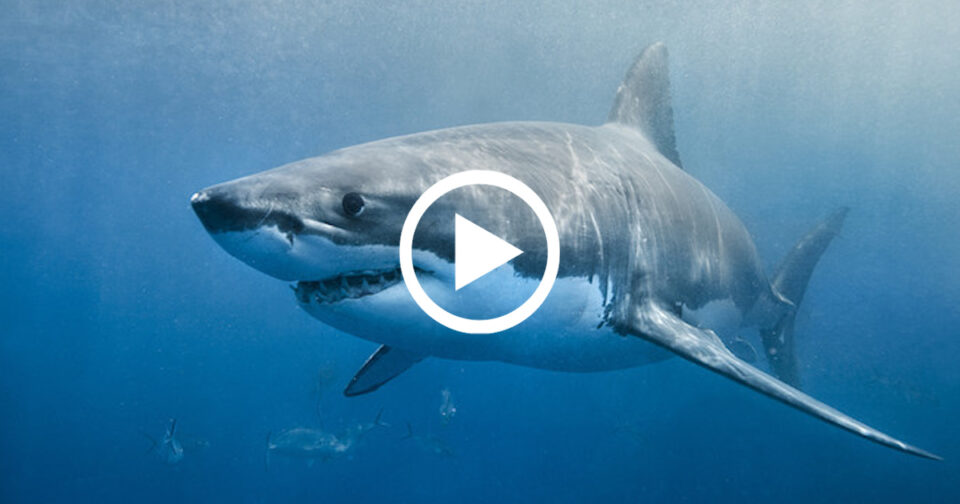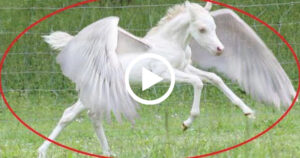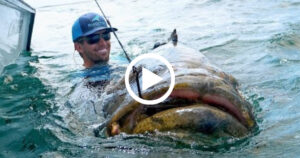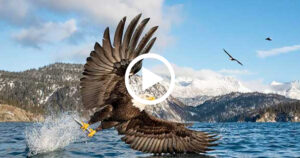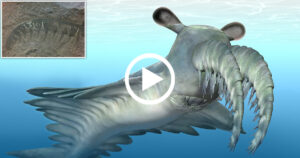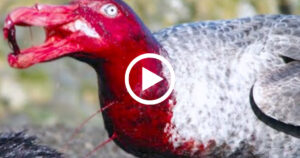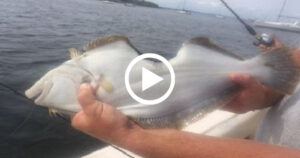American scientists are studying the mystery of how the mako shark – one of the fastest fish in the world – moves so that it can be applied to create faster flying hunters in the future.
Mako sharks have been recorded swimming at 96 km / h in the wild, but estimates suggest they can swim at speeds of 128 km / h. To do this, mako sharks have undergone a series of evolutions to minimize the drag of water around them.
Instead of completely smooth skin, the scales of this shark continuously move with the current. The scales of these sharks are biologically similar to their teeth, and these scales can twist or bend like a mako swim.
If you run your hand over the shark with the tip of its tail, like water flowing over its body, it will feel completely smooth. If you run your hand the other way around, the shark’s skin will be as rough as sandpaper.
According to scientists at the University of Alabama, this skin is the secret to helping mako sharks move quickly in water. More precisely, this layer of skin interrupts the flow of water which can reverse the vortex – the phenomenon of separation – which causes drag when swimming.
This drag affects not only creatures in the water but also the speed of the aircraft. Minimizing jet splits can make airplanes more fuel efficient, faster, and more maneuverable.
“You can hit a golf ball with footprints 30 percent smaller than if the ball were smooth,” Dr. Amy Lang, head of mako shark skin research, told a Society meeting. . American Physics March 4.
As the team reports, the mako shark skin with its hard, passive layer of shark scales actually controls the separation of streams and reduces drag.
“In all of our case studies, we found that the size of the separated flow area was significantly reduced by the presence of this skin,” says Amy Lang.
This research, partly funded by aerospace company Boeing and the US military, could be used later to create new coats of paint on the fuselage.
“The potential of an artificial surface that uses this completely passive mechanism even in air is very exciting,” adds Amy Lang.
SHARE this article with all your animal-loving friends and family.


